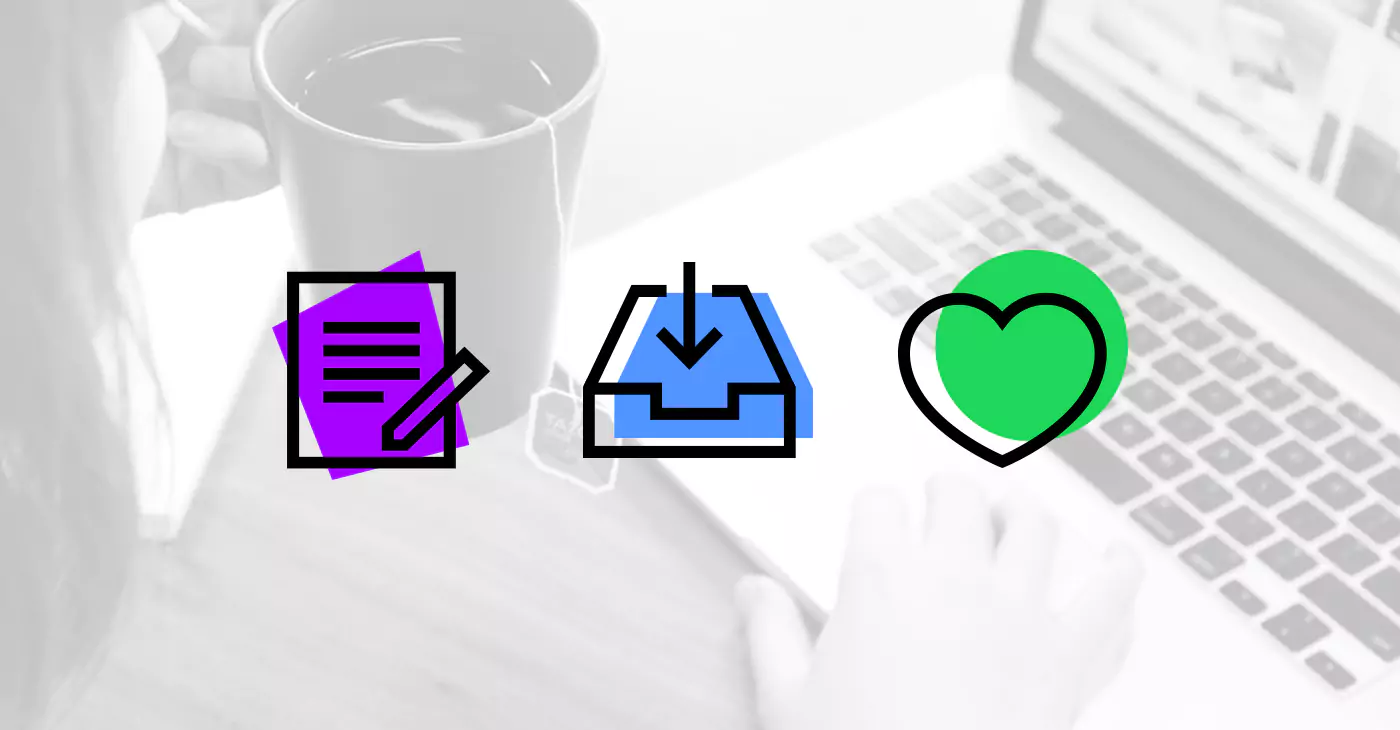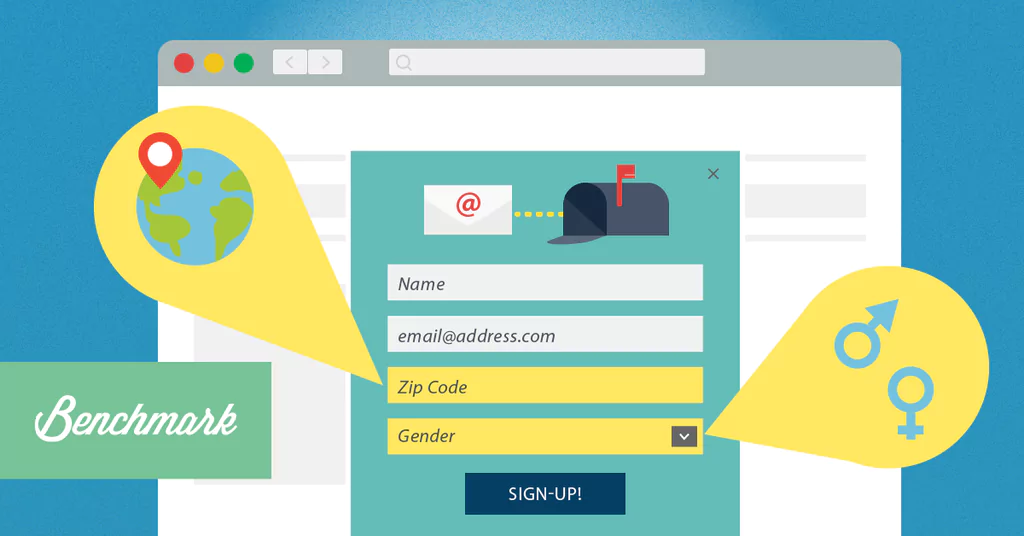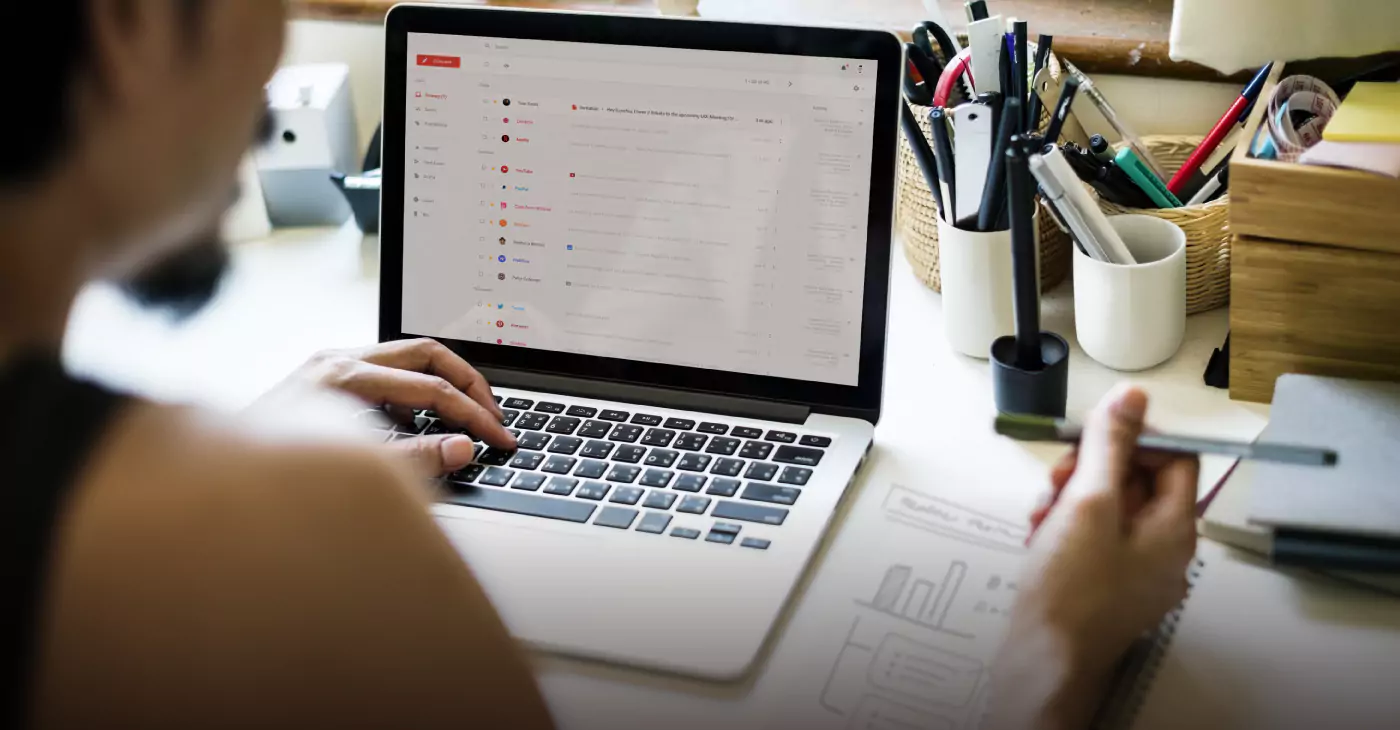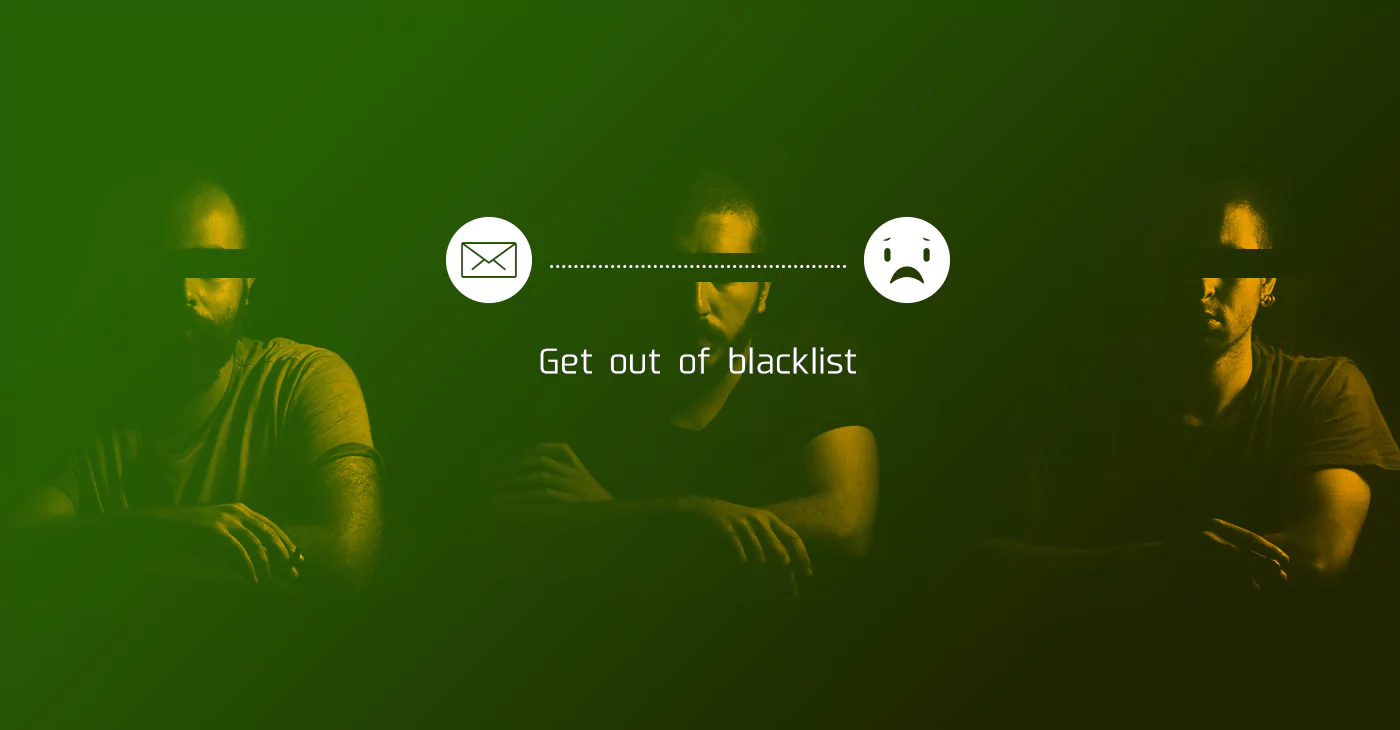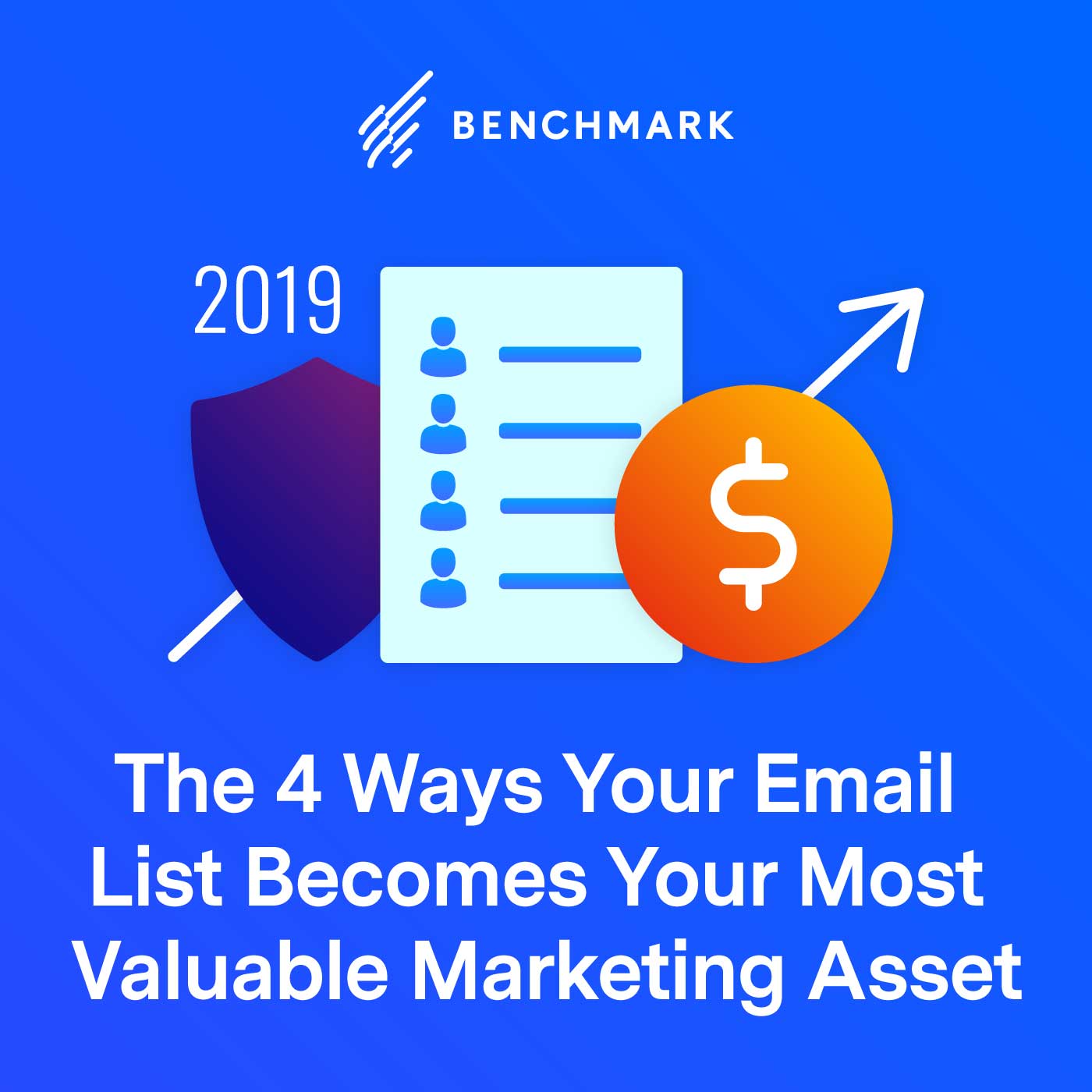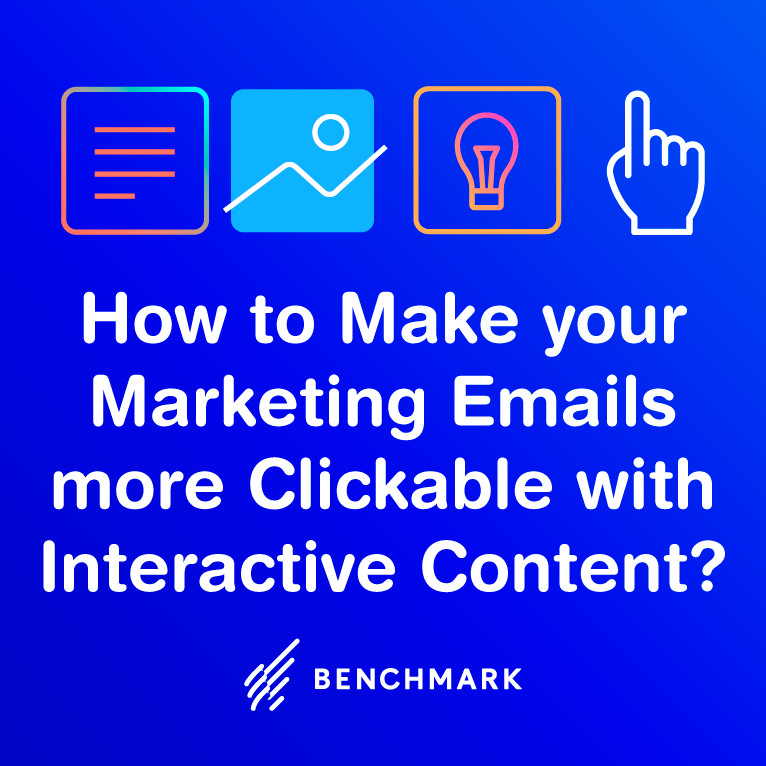We have another exciting series planned for you. Almost every Benchmark Email blogger has been rounded up, and each will weigh in on the various components involved in making a winning email marketing campaign. Being the musician of the bunch, I get to start things off by answering the question: who is your audience?
Wait, you’re not playing in a band. You are a real, live, hard-working businessperson. I get that. We have over 73,000 users that have that in common with you. But whether you are a musician or a business with a service or goods to sell, you have the same charge: find an audience and give them what they want. If you substitute the terms “readers,” “subscribers,” or even “customers” in place of “audience,” you’ll see exactly what I mean.
Established Businesses Should Play to Their Existing Audience First
We’re not all starting at the same place here, are we? Some of us have established businesses and some of us just might be starting a brand new enterprise.
If your business is established, you should know who your audience is because you sell to them everyday. So before you look for new business from new customers (which we will cover later), the question is, “Can I sell to my current customers more often?” If you now do little or no email marketing, just collecting your customers’ email addresses (with permission, of course) and sending attractive newsletters filled with sales info, product news and “expert advice,” will do wonders in getting your existing customers to act positively more often.
But How Well Do You Really Know Your Existing Audience?
If you think that because you have a pizza shop, then your audience is solely “people who love pizza,” you might be so focused on the big picture that you’re missing the details. What are the demographics of the people who frequent your business? Can you make generalizations based on age, income level, or location? How about the psychographics of your customer base? What are the lifestyles, interests and values of your customer base? If you can figure out both who buys your product and why they buy it, you can craft some pretty effective emails for your very singular audience.
Does Your Audience Have Segments?
If you can firmly say that all of your customers are “middle class families that live uptown who value great service and family traditions,” then you can just write that newsletter to that group over and over again. But what happens if you can’t generalize? Well, then, segmentation is your friend.
Do you have a way to track zip codes with your transactions? Can you track which customers only show up for the really big sales? How about brand preferences? Document the transactions well. Even if you can’t see the patterns with your eyes in real time, an analysis of the sales data later can show you how your customers fall into groups. You can enter all this information as fields in your email lists. Send news about a new style of spinach pizza specifically to people who continuously buy vegetarian items. Send a video email containing a product demo to a segment of your list that’s interested in high tech items. People who only show up to your big sales will probably really respond to email coupons of discount offers. Send brand specific campaigns targeted to the people who love them. It’s not just every transaction that can segment, but every meaningful contact. This means online sign up boxes, raffles and in-store events too.
How Do I Know My Audience if I Don’t Have Customers Yet?
Isn’t this the million dollar question? If your product or service is so unique that no one has come before you to offer it, congratulations. You deserve a whole new blog dedicated to your trailblazing ways. But chances are you are doing something that someone also has at least attempted – maybe in the same way or maybe in a new way. The question is how are you positioning your offering?
It’s not only what you are selling that determines who your audience is, but how you plan to sell it to them. Just selling high-end running shoes might tell you that you want to attract the attention of athletic types. But selling those same shoes at discount rates tells you your audience is value conscious and deal motivated. Selling at no discount, but rather focusing on service and information means you are looking for a whole new audience. We can go further: specializing in wide or large shoes means you’re looking for the person with a certain type of foot. But even if you don’t specialize in any size, you might have good luck segmenting your marketing approach to the multiple types of athletes if a generic approach doesn’t work.
Great. How Do I Find Them?
It’s simple. You have to put yourself (or your sign up boxes) in the places where your audience hangs out. How do you do that? Stay tuned to this series for that answer and more.
The Email Marketing Plan Series:
- Creating an Email Marketing Plan – Reaching Your Customers
- Creating an Email Marketing Plan – Who Is the Competition?
- Creating an Email Marketing Plan – What is the Ultimate Goal?
- Creating an Email Marketing Plan – Design and Content
- Creating an Email Marketing Plan – Go Viral with Social Networking
